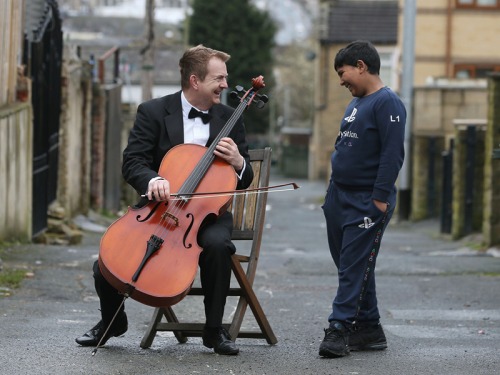Discover Yorkshire's Newest Nature Reserve
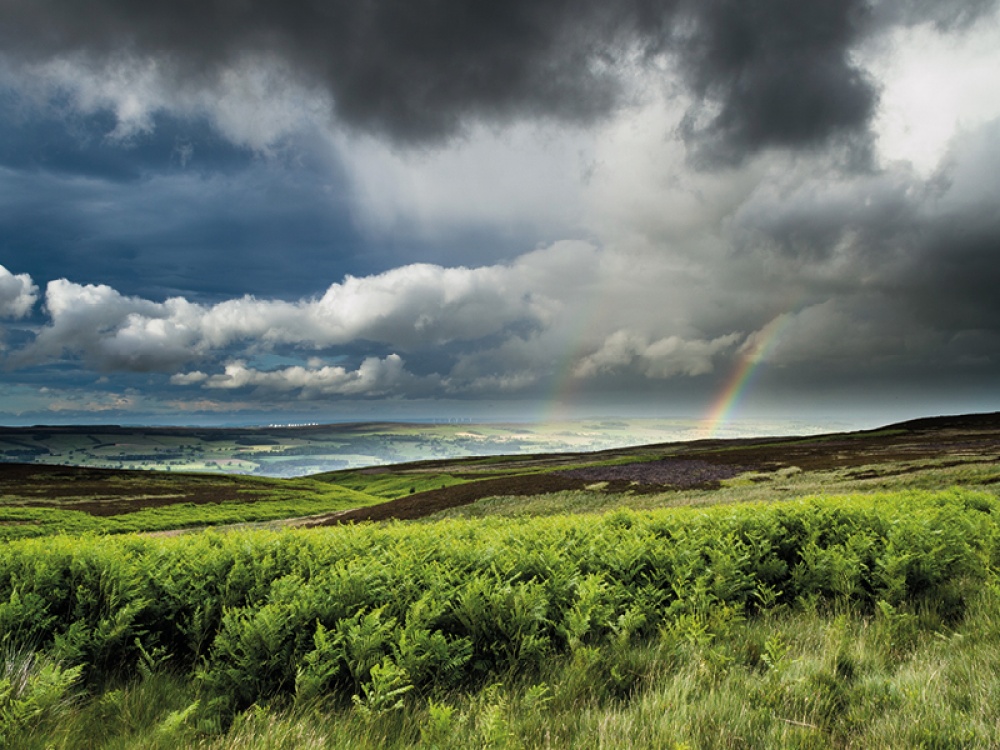
A new nature reserve has been created in West Yorkshire
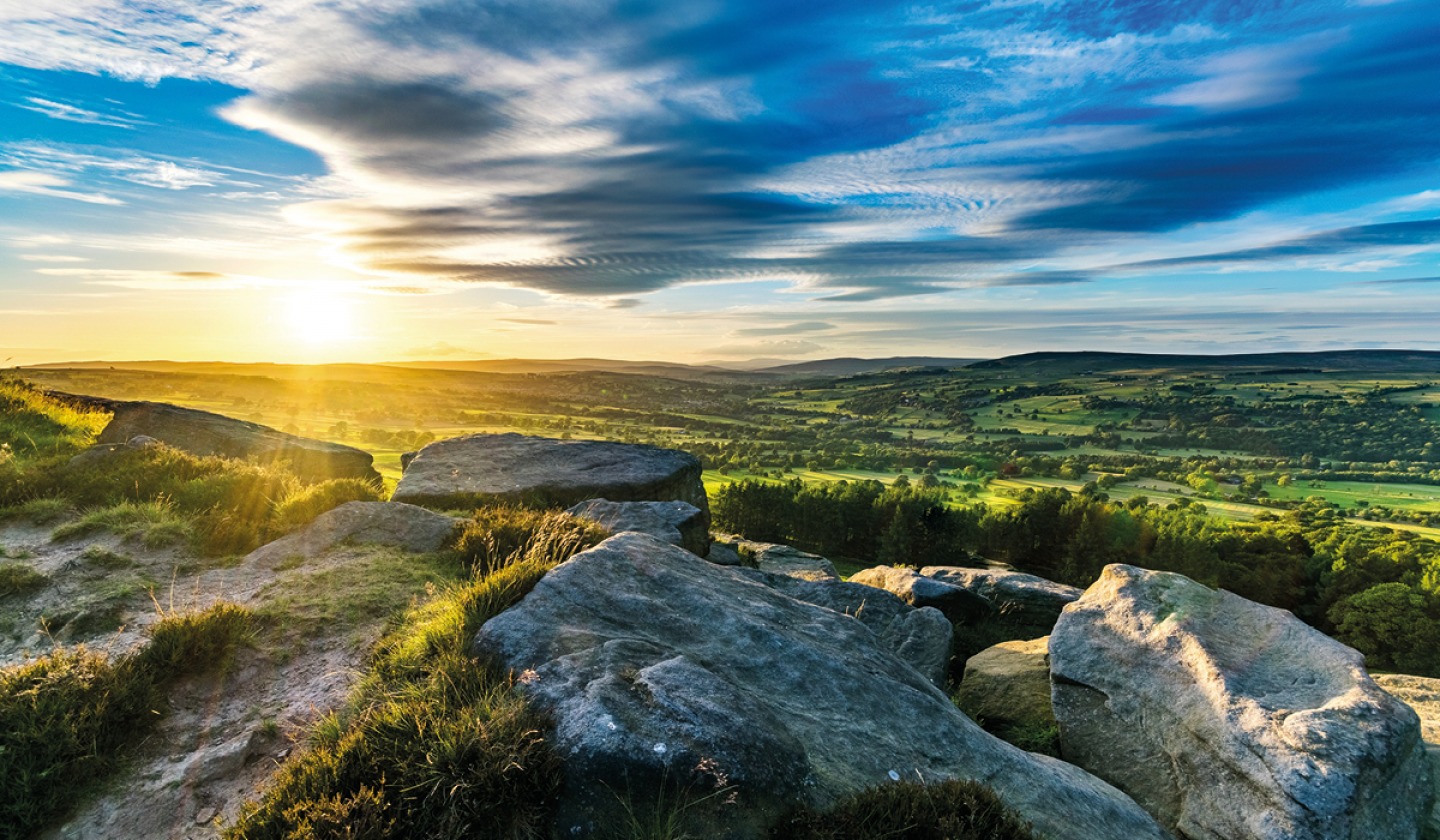
Spanning an impressive 1,274 hectares (twice the size of Ilkley Moor) the new reserve stretches across the South Pennines and Bradford District. A haven for local flora, fauna and wildlife, project officer Kabeer Bostan and Natural England manager Liam O’Reilly tell us that the local community is at the heart of the project.
‘With Bradford 2025 UK City of Culture on the horizon we had the opportunity to explore the natural heritage side of local culture in an urban and people-focused way,’ Liam says. ‘It really started with us wanting to bring nature closer to people. A lot of my work tends to focus on upland and rural areas, and as fantastic as they are they can be quite inaccessible.’
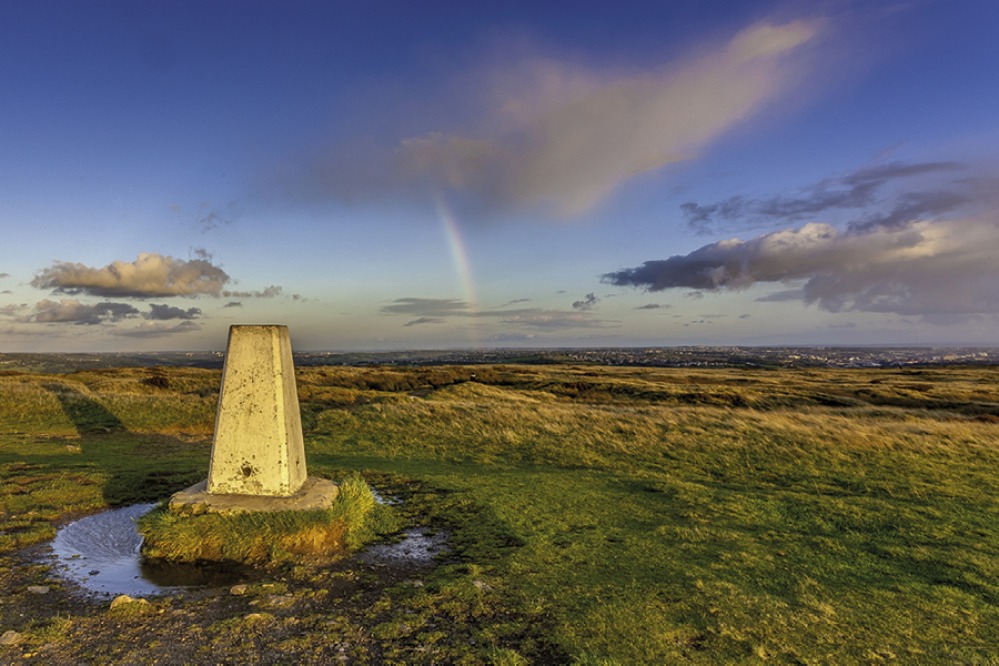
With previous experience working in mental health, Kabeer knows how significant access to green space is for wellbeing, and the community played a pivotal role in the early stages of the reserve’s development. ‘As part of that journey we started with a public consultation,’ Kabeer explains. ‘We wanted people from all walks of life.’ It was important for the team behind the project to know that they were providing the public with something that was not only wanted, but shaped by them.
‘The original intention of this project was to involve the community – to get them interested in connecting to nature and see if we could turn this into a nature-positive relationship,’ Liam says. ‘We couldn’t just declare a national nature reserve without checking if people want one, so we did something that I think is quite unique (and as far as I can tell we’ve never done this with another national nature reserve) which is we held a forum for community groups to come together, and we held some pop-ups at hospitals and colleges. We also ran a public survey to find out if anyone actually wanted a national nature reserve. We’re really glad we did because the response was just overwhelmingly positive. We got some fantastic data about what people wanted.’
The project team were delighted to find that nature was already on the public’s mind, even before the reserve was finalised. ‘People wanted easy access, but they also wanted tranquil, wildlife-rich places. That gave us the confidence to go ahead and be big and be bold about our selection of sites.’
Eight sites in total were selected to come under one management umbrella and make up the Bradford Pennine Gateway – some obvious choices, and some not so obvious which were recommended by the public. The list covers Ilkley Moor, Penistone Hill Country Park in Haworth, Shipley Glen, Baildon Moor, Trench Meadows near Shipley Glen, St Ives Estate in Bingley, Harden Moor and Bingley Bog North. Getting insight from the public proved to be a helpful move as it highlighted areas the project had not previously considered, but were much loved locally nonetheless.
‘St Ives Estate and Penistone Hill Country Park for example were two which we hadn’t really thought about until they came through on the survey,’ Liam explains. ‘What really happened from the survey is there was a comment that said something along the lines of, don’t let it just be Ilkley!’
The range of areas covered means the new national nature reserve has an extraordinary range of landscapes and biodiversity, and the project’s goals for local wildlife cannot be understated. ‘It’s quite a unique landscape really. The Bradford Pennine Gateway is at the boundary between the rural Southern Pennine Hills and what I would call the industrial urban moor,’ Liam explains. ‘So on one hand it’s the landscape which inspired the Brontës and large-scale sweeping moorlands, but on the other it’s the landscape of canals and wooded valleys and there’s this upland and urban interface.’
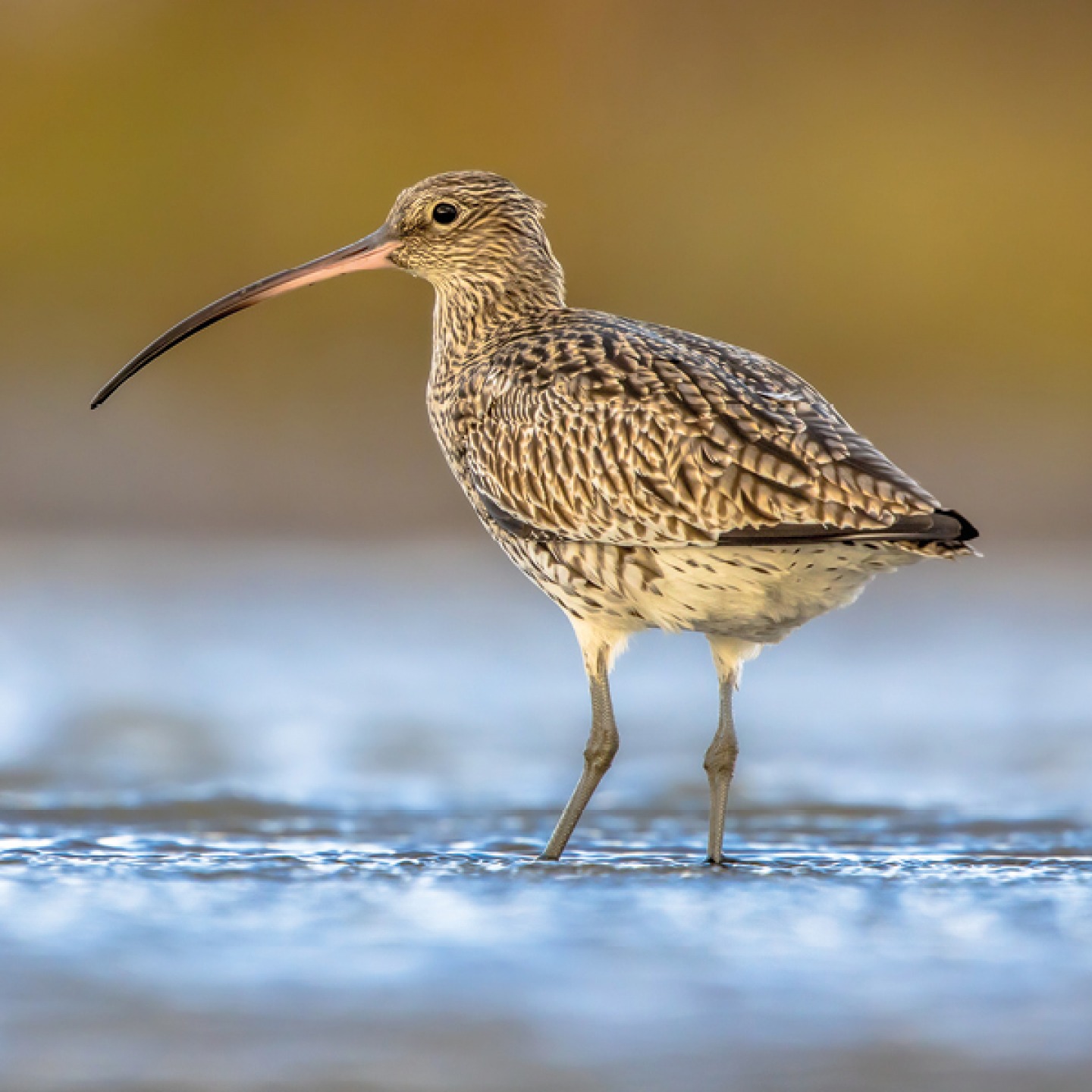
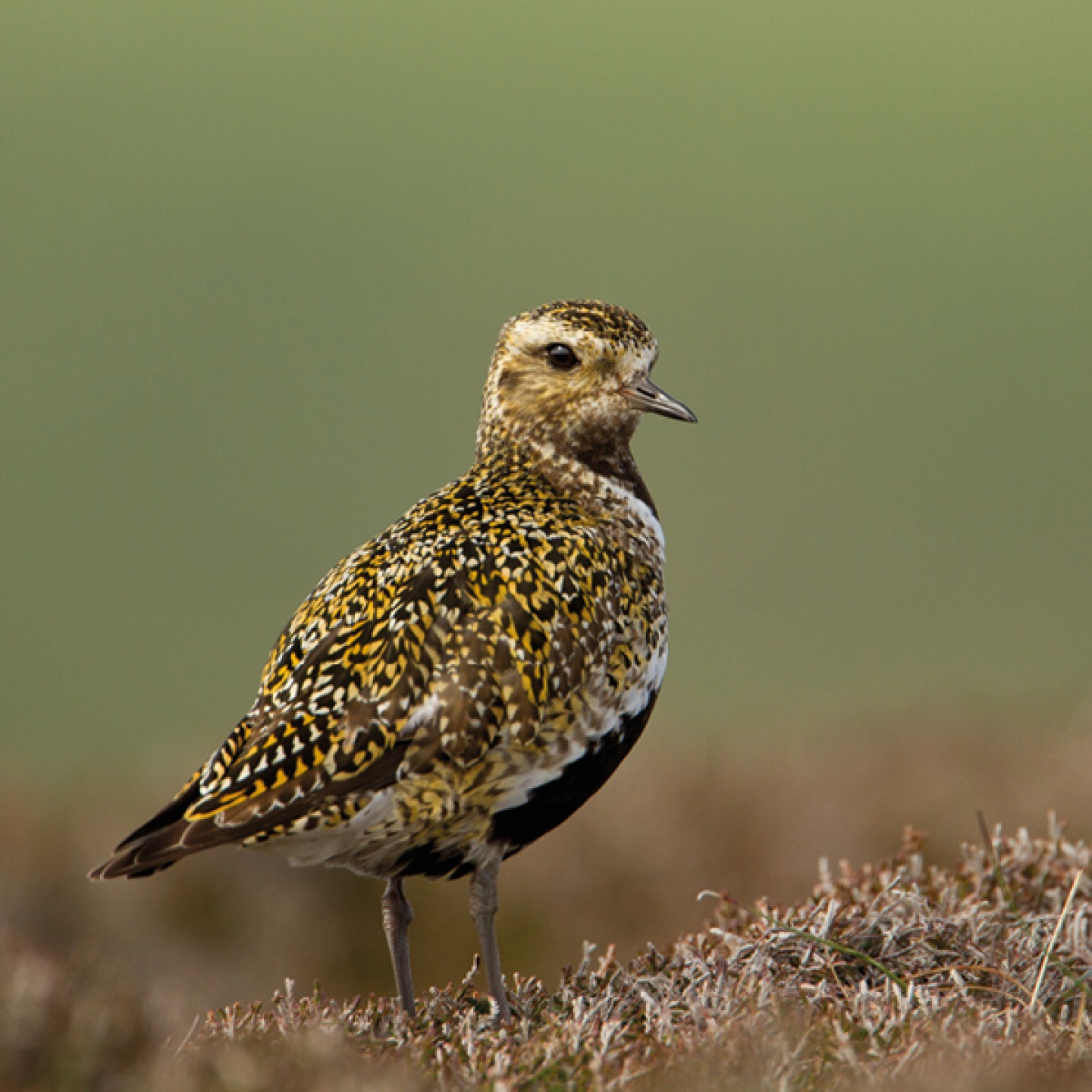
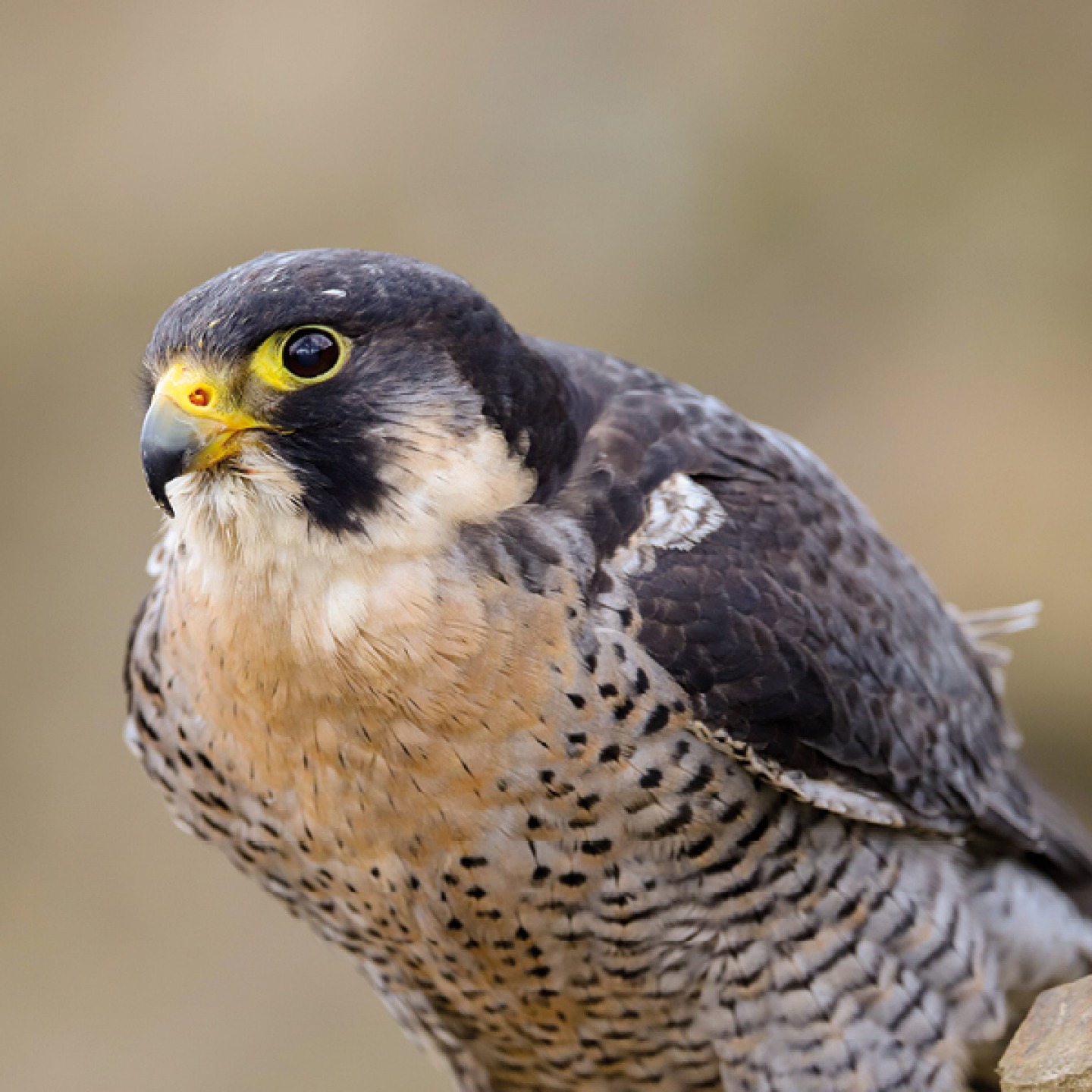
Even this close to the urban world, wildlife is plentiful and in need of protection. ‘Actually it’s really special for wildlife. On the moors you’ve got rare birds such as merlin, curlew, lapwing and golden plover, and in the city we’ve been trying to help peregrine falcons nesting high up on the chimney stacks,’ Liam says. The goals of the reserve go both ways and as well as the local community being helped by the wildlife, the hope is that the local community will be encouraged to help protect and support wildlife in return. ‘It’s about building it up so that people don’t just appreciate nature, but care for nature as well,’ Kabeer says. Approximately 90 percent of the area covered is classified as ‘priority habitat’ (which alongside the sweeping moorland, woodland and canals includes peat bogs, heathlands and wetlands), and the new reserve allows for a concentrated and structured approach to nature restoration.
In considering the future of the reserve (which includes developing physical connections, pathways and signage between the areas – something which was considered carefully when choosing the sites and assessing their suitability), Liam uses the name given to the reserve as the foundation of the project’s approach. ‘I think the first thing to consider is the name, the Bradford Pennine Gateway. It reflects the intention of what we want to achieve. The site is meant to act as a gateway so the people of Bradford can go to these sites and enjoy nature. But it also works the other way and it’s a gateway back into the city for wildlife,’ says Liam. Certainly, the reserve will act as a launching pad for building stronger community connections.
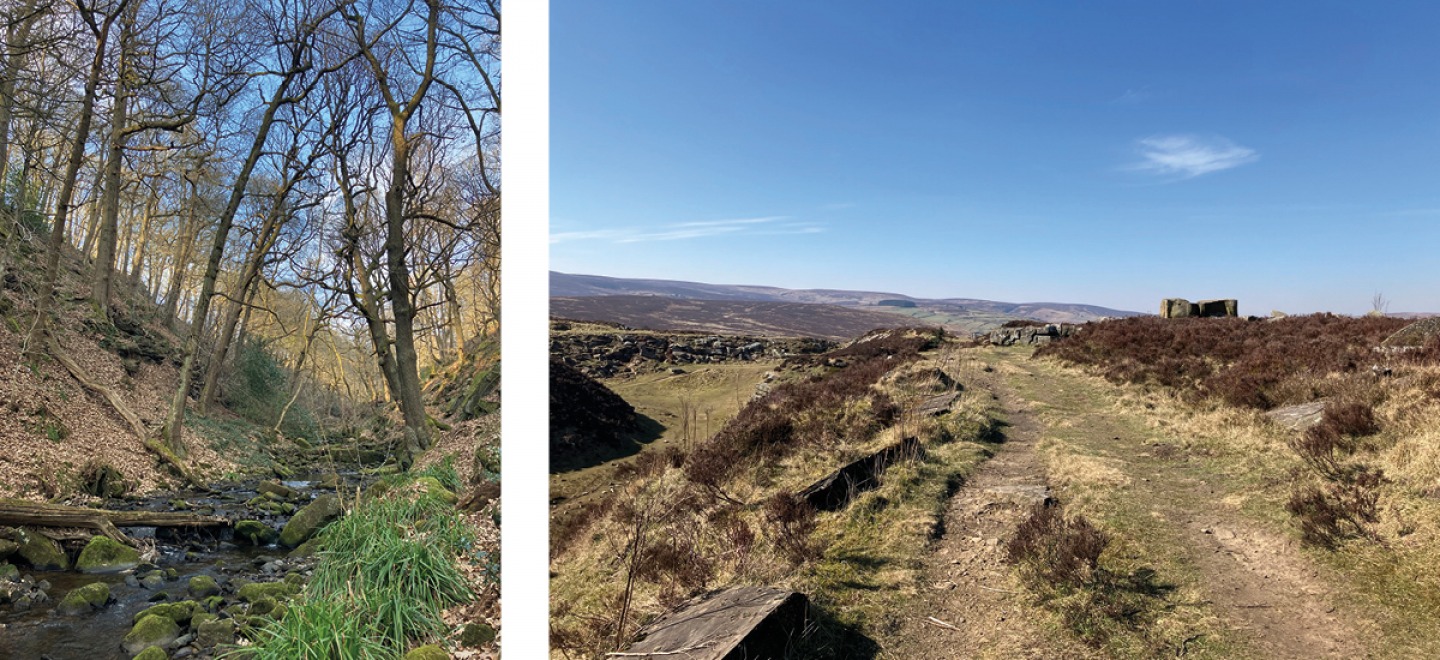
‘It’s this idea about nature positivity, and about whether we can inspire people to act on behalf of nature. That leaves things open-ended in terms of where it’s going. We’ve got sites like Ilkley Moor, where we have specific goals like nature restoration, and restoring the bird population, but I also want to take this one step further and bring together a single strategic management plan to look after the whole site,’ Liam explains. ‘I think what’s quite exciting is that we have the opportunity to involve partners, stakeholders, community groups and more. So this benefits the people as it helps people get out there, it can help with physical and mental health issues, there are educational opportunities, and research opportunities.’
For Kabeer, the hope is that the establishment of the reserve will help to reshape the perception of Bradford. ‘Two thirds of Bradford is urban and when people talk about Bradford they picture the heavily populated urban areas, but this will correct that,’ he says.
And for Liam, the sky is the limit when it comes to the new reserve. ‘There’s the great expression related to the City of Culture which is “our time is now” and we just really want to emphasise that.’





